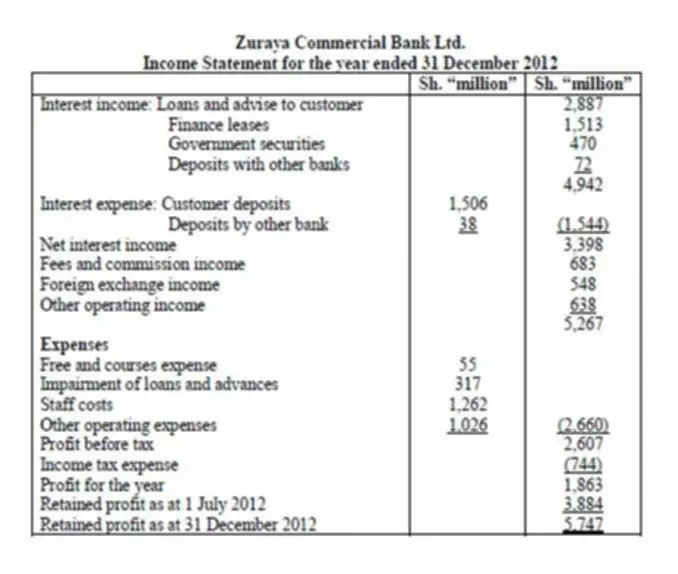Content

Nuncio invested his personal automobile in the company in exchange for more common stock. The automobile has a value of $8,000 and is to be used exclusively in the business. Venedict invested her personal automobile in the company in exchange for more common stock. The automobile has a value of $16,500 and is to be used exclusively in the business. Explain how to know if the asset or the liability is a debit or a credit. Learn the meaning of an asset, the difference between personal and business assets, and who can own assets.
Rundocuri February 2, 2014 In accounting, understanding normal balance will help you keep a close watch on your accounts and to know if there is a potential problem. This article gives great information that helps the reader understand this important accounting concept. The first part of knowing what to debit and what to credit in accounting is knowing the Normal Balance of each type of account. The Normal Balance of an account is either a debit or a credit . It’s the column we would expect to see the account balance show up.
Chart Of Accounts — Account Type, Normal Balance
Currency buckets are configured in system settings, and only those buckets enabled at a system level can be enabled for individual profiles. If your system is configured using one currency configuration, the currency tab is hidden. Summary reconciliations are always prepared in a single currency.
- All this is basic and common sense for accountants, bookkeepers and other people experienced in studying balance sheets, but it can make a layman scratch his head.
- This general ledger example shows a journal entry being made for the payment of postage within the Academic Support responsibility center .
- Increases in expense accounts are recorded directly in the owner’s capital account.
- He is the sole author of all the materials on AccountingCoach.com.
- A revenue account has a normal credit balance; a debit balance in the revenue account indicates that a company has incurred a loss.
- The debit entry to a contra account has the opposite effect as it would to a normal account.
In double-entry bookkeeping, all debits are made on the left side of the ledger and must be offset with corresponding credits on the right side of the ledger. On a balance sheet, positive values for assets and expenses are debited, and negative balances are credited. This general ledger example shows a journal entry being made for the collection of an account receivable. When we sum the account balances we find that the debits equal the credits, ensuring that we have accounted for them correctly. Certain types of accounts have natural balances in financial accounting systems.
Debit Notes
Let’s consider the following example to better understand abnormal balance balances. The company purchased $3,400 of new office equipment by paying $3,400 cash. The company purchased $1,200 of additional office equipment on credit. The company purchased $20,300 of new office equipment by paying $20,300 cash. The company purchased $5,600 of additional office equipment on credit. Sales returns and allowances must be properly tracked by accounting using journal entries. Review the process for recording sales returns and allowances with examples.
- A normal balance is the expectation that a particular type of account will have either a debit or a credit balance based on its classification within the chart of accounts.
- Whether the normal balance is in credit or debit, is determined by the accounting equation.
- Certain types of accounts have natural balances in financial accounting systems.
- You may find the following chart helpful as a reference.
- If a transaction didn’t balance, then the balance sheet would no longer balance, and that’s a big problem.
- Define cash-flow liabilities and asset-related liabilities.
- Temporary accounts include all of the revenue accounts, expense accounts, the owner’s drawing account, and the income summary account.
An accounting device used to analyze transactions is a T account. @STEPHEN197 If the account balance is just a number it means you are in credit. If there is a minus sign in front it means you are in debt and you owe that money to SP. The company received $2,200 cash in partial payment on the receivable created in transaction k. The company received $4,000 cash in partial payment on the receivable created in transaction k. Apart from this, all the expense comes under the nominal account and is debited. Define cash-flow liabilities and asset-related liabilities.
Debit Definition: Meaning and Its Relationship to Credit
Is the expected balance each account type maintains, which is the side that increases. As assets and expenses increase on the debit side, their normal balance is a debit. Dividends paid to shareholders also have a normal balance that is a debit entry. Since liabilities, equity , and revenues increase with a credit, their “normal” balance is a credit. Table 1.1 shows the normal balances and increases for each account type. Contrarily, purchasing postage is an expense, and therefore will be debited, which will increase the expense balance by $12.70.
![]()








Leave a reply